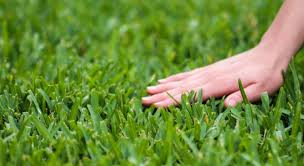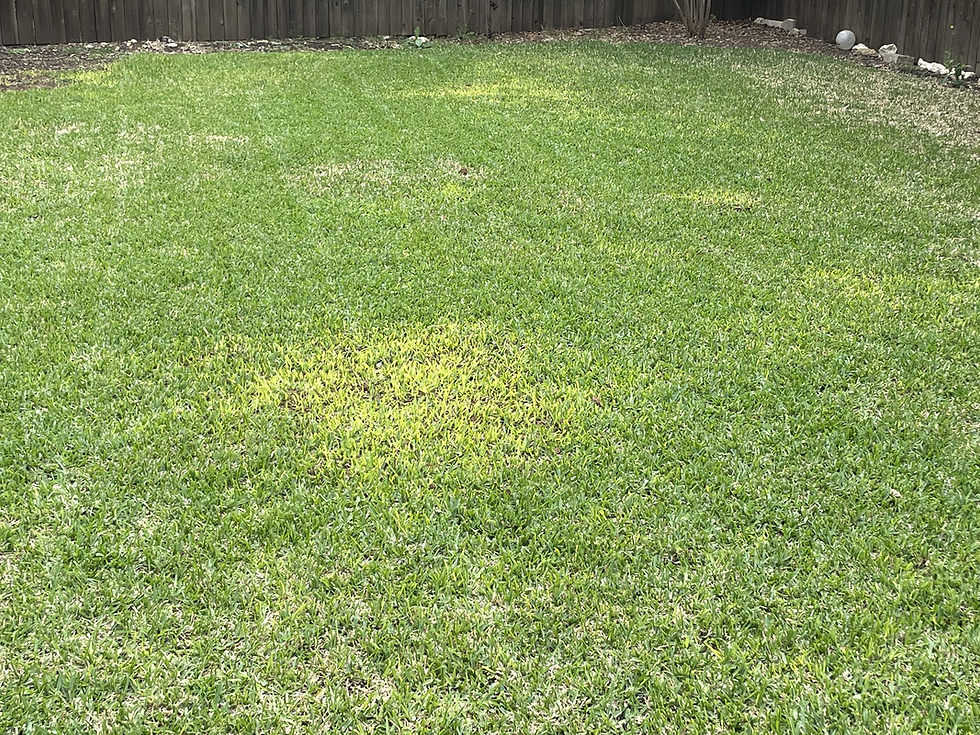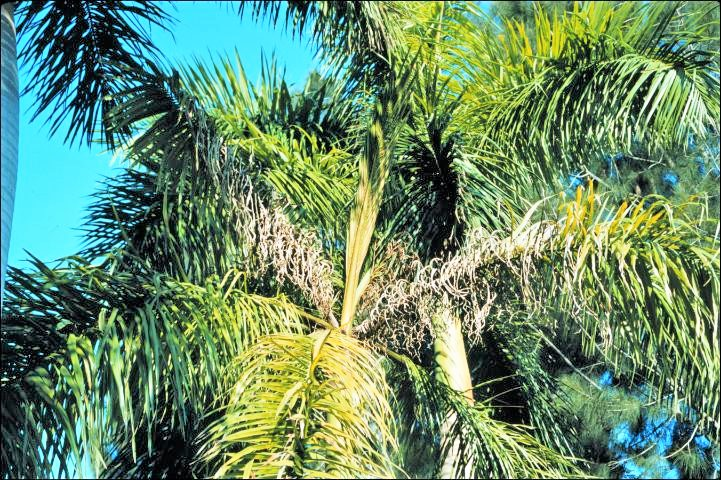Fertilizer 101 for Lawns and Palm Trees
- Jenny Grennan
- Jul 15
- 2 min read
Updated: Aug 5

Welcome to our first blog in the Back 2 Basics series this summer! We frequently get asked by various customers in different industry segments on the fundamentals on plant and turf nutrition, disease, pest identification and prevention methods, etc.
So let's start with the #1 and what we would consider the most important topic:
WHAT IS FERTILIZER?
Essentially any material, natural or synthetic, used to supply essential nutrients to plants and turf to promote healthy growth. Fertilization is incredibly important since most soil conditions tend to lack nutrients necessary for optimal plant development. Just like our own bodies need nutrients, fertilizers provide healthy roots, leaf, flower/fruit development and optimal immune systems to fight off diseases from pests and environmental stresses.
WHAT IS IN YOUR TYPICAL FERTILIZER?
You will usually see a 3 number ratio indicating the NPK Analysis, 18-3-6, 12-5-12, 24-2-11, etc.
Each number represents your “big players”, a PRIMARY NUTRIENT:
1st: Nitrogen (N) – green, leafy growth (ex. grass, leafy vegetables)
2nd: Phosphorus (P) – root and flower development (ex. Tomatoes, bougainvillea)
3rd: Potassium (K) – overall plant health and stress resistance

SECONDARY NUTRIENTS & MICRONUTRIENTS
Calcium (Ca), Magnesium (Mg), Sulfur (S)
Iron (Fe), Manganese (Mn), Zinc (Zn), Copper (Cu), Boron (B), etc
WHAT DO THE NUMBERS INDICATE ON YOUR FERTILIZER?
They indicate the % by weight of each nutrient in your bag or jug of fertilizer.
10-10-10 = equal amounts of each Nitrogen, Phosphorus & Potassium in your 50LB BAG
SO WHAT FERTILIZER IS BEST FOR …
LAWNS?
In South Florida we tend to see soils that are nutrient deficient because they are frequently sandy and fast-draining. Here are some things to consider:
Choose slow-release like a 15-5-10
Fertilizer 3-4 times/year especially during the active growing season.
Look for higher Nitrogen (N) + Iron (Fe) & Magnesium (Mg)
Iron (Fe) will help maintain green color without pushing a lot of growth.


PALMS?
Palms are very sensitive to deficiencies and can become visible quickly.
Choose blends similar to a 12-5-12 with Micros consisting of Mg and Mn.
When you see “frizzle tops” in palms, that's usually a sign of Manganese deficiency
AVOID lawn fertilizers near your palms as Nitrogen can cause deficiencies.

DON’T FORGET!
Always check with your local fertilizer ordinance. Some counties and cities may have restrictions in place or “blackout” periods where Nitrogen and Phosphorus may not be allowed to be applied.
Always water in immediately with granular fertilizers.
DO NOT fertilize when rain is expected. Leaching will occur causing run-off.
Don't over-fertilize! Burning and water pollution can result.
Include mulch into your landscaping. Provides wonderful moisture retention for your trees, shrubs and ornamentals.


Comments